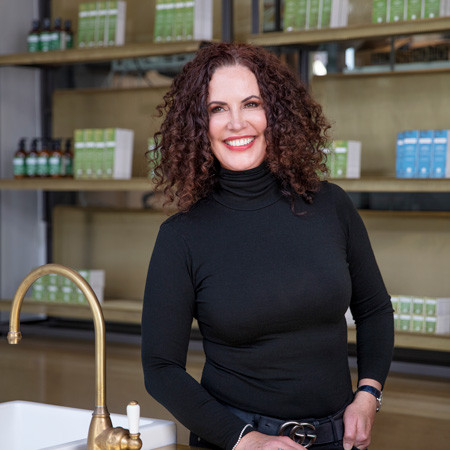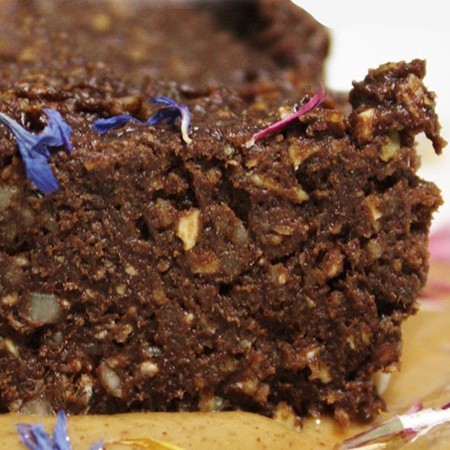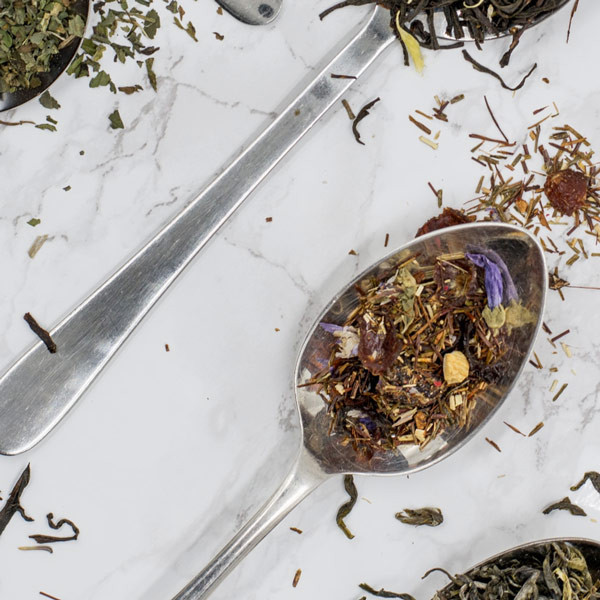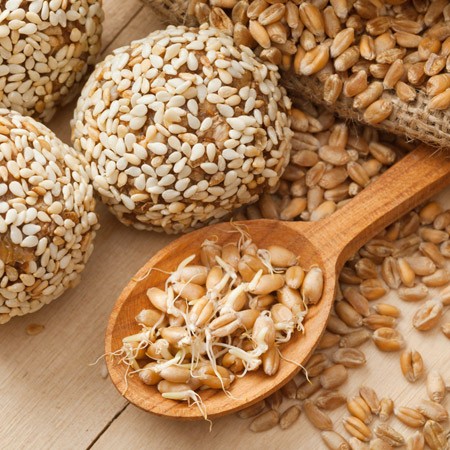Books such as “I Quit Sugar” by Sarah Wilson and David Gillespie’s “Big Fat Lies”, testimony from heart experts such as Robert Lustig, as well as documentaries such as That Sugar Film and Jamie Oliver’s Sugar Rush have all thrown the light on the addiction our society has to sugar.
All deliver the same message: that sugar is bad for us and it — rather than fat — is the real dietary enemy.
Sugar consumption has tripled in the West since the Second World War, contributing to an increase in major epidemics such as cardiovascular disease, obesity and Type 2 diabetes.
In Australia our fast food and sugary drinks culture is one of the factors that have contributed towards skyrocketing obesity rates, one of the key health risks. According to the Australian Bureau of Statistics (ABS), the average adult man's weight increased by 3.6kg between 1995 and 2011-12, while the average adult woman's weight increased by 4.0kg in the same surveyed period of time.
The World Health Organisation (WHO) recommends that the average adult should consume no more than seven teaspoons of sugar a day. However according to their figures the current average intake is around 40 teaspoons! Clearly such excessive consumption, perhaps by people who think they are eating and drinking healthily, is a sign that drastic action needs to be taken.
Children are particularly susceptible to sugary food and drink advertising and the figures on Australian child obesity are extremely worrying. ABS figures now show that one in four Australian children are obese or overweight and many experts point to the over consumption of empty calories such as sugary drinks and sugar-laden fast food.
Science now agrees that sugar is the main culprit in the health crises engulfing our consumption-driven society. So what to do about it? It’s clear that our sugar consumption (and that of our children) must be drastically reduced. This is easier said than done though, as any parent or caregiver will agree. With advertisements constantly streaming the message that buying and consuming sugary products is a desirable thing, how can we reduce the likelihood of us and our children contracting dietary diseases related to excessive sugar consumption?
Here are a few suggestions:
- Banish sugar. Not completely of course, sugar means energy and our bodies need energy to operate efficiently. But too much of a sugar rush is terrible for blood sugar levels and may lead to diabetes. The answer is to restrict sugar as much as possible as Sarah Wilson suggests. A good place to start is to try to cut down sugar gradually in tea and coffee to zero teaspoons until your taste buds adjust. Replace “reward” sugary foods with more healthy alternatives.
- Use alternative (natural) sweeteners. Another method is to change the way we sweeten our drinks and food, without falling into the trap of adding unhealthy chemical sweeteners to our diet. An example of a healthier alternative is natural non-sugar sweeteners derived from the Stevia plant. Another is rice malt syrup. Both should be used in moderation though. For baking and treats try banana or fresh medjool dates instead of sugar.
- Read labels. Much of the so-called “health” foods are laden with sugar. For example breakfast cereals have long been considered a “healthy” way for children to start their day. However many now contain up to (and some over) 50 percent sugar. Read the label and select a low-sugar variety. A “low fat” label can often mean a high sugar content so be vigilant.
- Eat “real” foods. According to food author Michael Pollan, we should forget packaging and return to a diet similar to that of our grandparents. In other words transfer our diet from processed goods to whole foods. Indeed two of Pollan’s most memorable pieces of advice were to refuse to buy any foods with more than five ingredients and never buy any food your grandmother wouldn’t recognise.
As Sarah Wilson explains, reducing sugar in our diet is not a radical new step in diet management, merely a return to the levels of consumption of our ancestors. Replacing sugar with good fats fills us up — the satiety factor — and is considered far healthier, safer and can contribute to losing weight, one of the best ways to improve your health.
Jamie Oliver’s school lunch and crusade against targeting schoolkids in advertising are two examples of turning the tide against sugar. His sugary foods tax — outlined in the recent documentary Jamie’s Sugar Rush — shows how action is being taken.
With all the “hidden” sugars in drinks and foods, eating sugar in moderation is a real challenge. However The Sugar Film challenge is to monitor your sugar intake, including the sugar contained in alleged “healthy” foods like low-fat yoghurt, muesli bars and fruit juice. Download the handy sugar app at the film’s site or keep a list the old-fashioned way. Monitoring your sugar intake — and then eliminating the high sugar products — will not only help you lose weight but also feel more alert and productive as your energy levels are sustained throughout the day instead of in a few sugar rushes. Watching sugar intake in this way will have major long term benefits for the health of you and your family.

Love Health?
From recipes, trends and discounts, expect great things via email this month.
More Great Reads!

Behind The Brand: Antipodes
Recipes We Love!

Clever Cookies

Ham & Feta Baby Quiches











